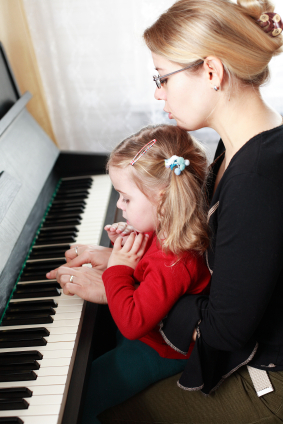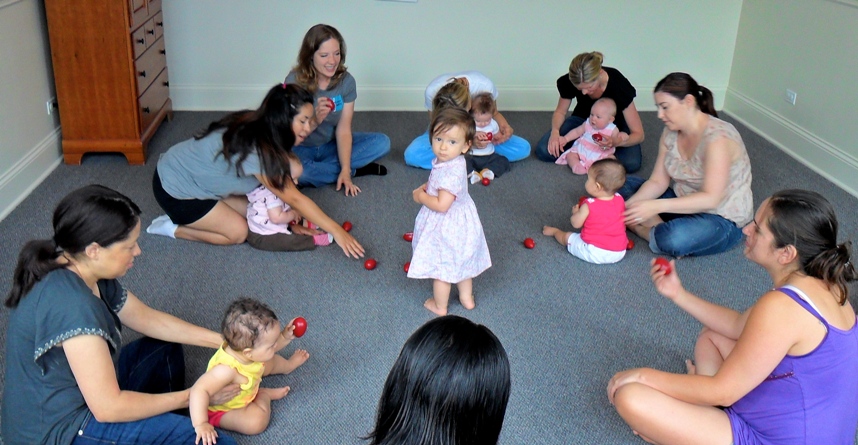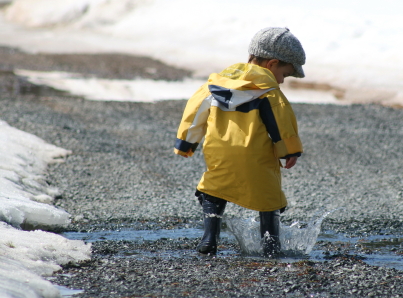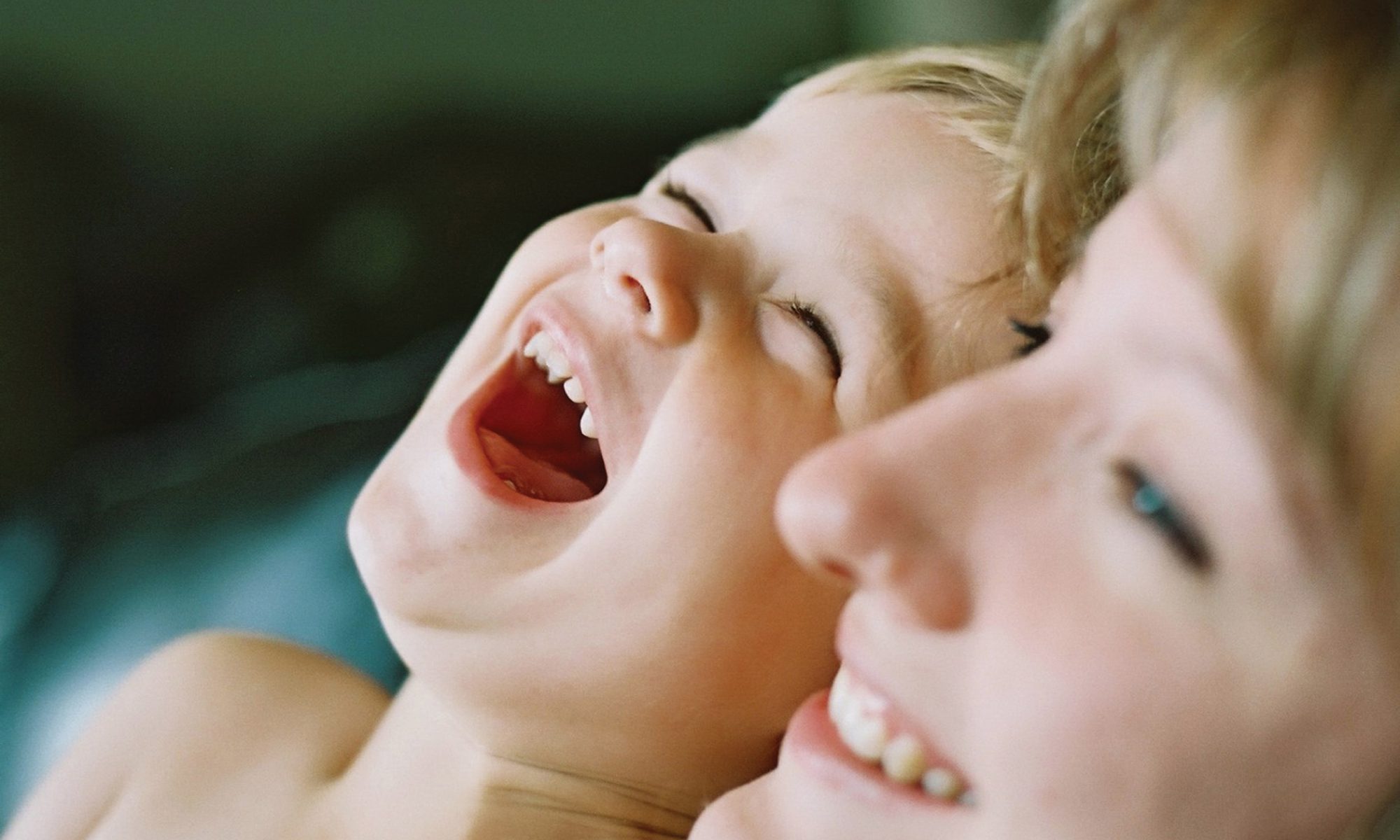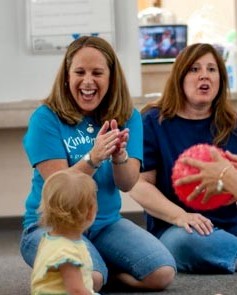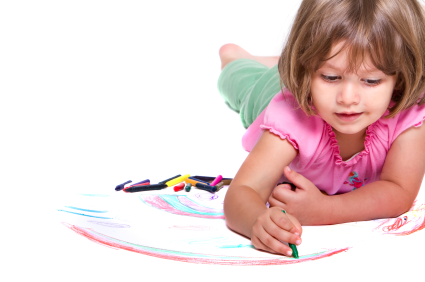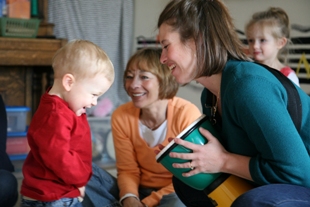 This post was shared with Minds on Music from Kindermusik educator Analiisa Reichlin.
This post was shared with Minds on Music from Kindermusik educator Analiisa Reichlin.
I sat at the dining room table with my head in my arms and just sobbed. Our studio email accounts had disappeared, our website was being migrated from a very slow, old server to a new one, and the ½ hour project turned into a week-long nightmare, and the site was down during our busiest time of the year.
Our dog Buddy had been bitten or stung by something, and had gone into anaphylactic shock. In addition, after 3 years of deals falling through at the last moment, we were just about to put an offer in on a house. But that was before the unexpected expenses that wiped our savings out.
It was only 7:30am on Tuesday. And the week really didn’t get much better. I’m sure you’ve had weeks like that, too. But before this gets too depressing…
I found myself frequently bursting into song this week. And of all the odd things – hymns from my childhood. There was something comforting about them. I began wonder why.
I remember when I took my husband-to-be, Karl, to his first musical – Showboat. I grew up on musicals, and went to as many as I could when I lived in New York City. So I was totally dumbfounded when he turned to me shortly into the first act and said, “They just burst into song. Why did they do that?”
I’m thinking, “Well, it’s a musical.”
Years later I asked [my Kindermusik partner] Miss Allison (with her degree in musical theater), why do they burst into song? And she said that the character has reached the point where the emotional intensity of the moment can no longer be conveyed with words.
So this week, when I ran out of words, I found myself singing. But why the hymns? Certainly because the words brought me comfort. But also because when I sang them, I was brought back to the time when I was young, surrounded by my family, in a moment when I felt very loved, and at peace. Where I needed to be emotionally this week.
I got to thinking…What songs did I sing to my babies, and now with my children? Because those are the songs that they are going to sing when they are grown up and need to remember the emotional security and comfort of those who loved them best.
-by Miss Analiisa, who knows that the math formulas she teaches her children may not be remembered when they are older, but the music and songs she instills in them will be in their memories forever.

